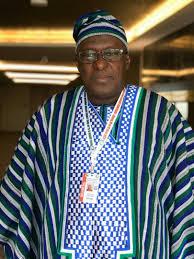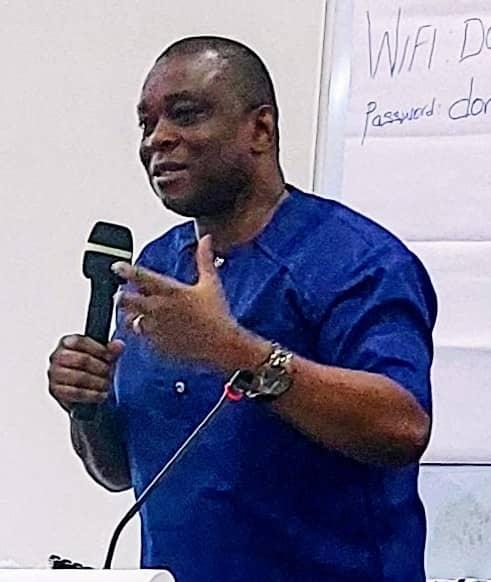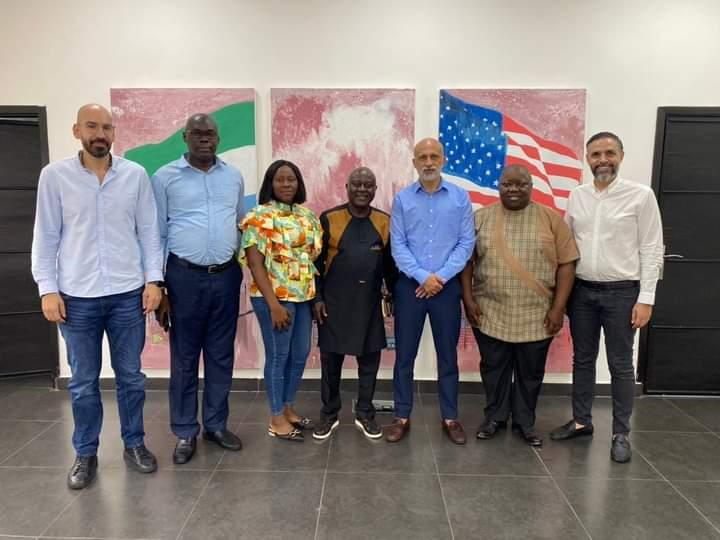Sierra Leone’s historical monuments and public buildings in dreadful state of disrepair
Sierra Leone is a country with a lot of historical monuments many of which have fallen into a state of disrepair due to our poor maintenance culture.
Like most other African countries or indeed developing nations, Sierra Leone has a very poor maintenance culture which is responsible for the terrible state of many of our national monuments today.
Once served as the administrative headquarters for West Africa by the British Colonialist and a mecca of western higher education in sub-Sahara Africa, Sierra Leone is endowed with several historical monuments ranging from administrative buildings, college infrastructures, such as the S.B Thomas Agricultural College also known as Mabang College built in 1912, Annie Walsh Memorial School my alma mater built in 1849, the old Fourah Bay College building in Cline Town built in the 1800s, State House, House of Parliament to our recent public structures like the Yuyi Building and National Stadium donated by the Chinese in the 1970s and many more.
Today, many of these structures are not only in horrendous state of disrepair but some have even become danger to public health. Elevators not working, plumbing and toilet systems producing strong unbearable offensive smell hazardous to health, some roads are full of potholes posing serious risk of accidental deaths including erosions as we experienced few days ago in down town Freetown, bridges collapsing like the recent Mabang railway bridge taking with it innocent lives. This is a trend that would continue until we agree to do something about it and avoid losing more innocent lives.
Every infrastructure has an economic lifetime, which can only be sustained through proper and regular maintenance. Deterioration of these buildings and other fixed equipment including machineries are avoidable, hence it is but prudent to formulate a national policy on maintenance at least for public assets to keep them in good state so that they can continue to perform their required functions and also sustain the level of usefulness and value to be derived from them both for our generation and future generation. It makes a lot of economic sense to do so. Preventive maintenance prevents, reduces or potentially eliminates the need for, major repairs and even the need for new structures.
In Sierra Leone, President Ernest Bai Koroma has outlined a road map in a recent programme dubbed Agenda for Prosperity part of which is infrastructural development. Huge sums of public funds would be committed to this grand plan in building roads, more public structures, perhaps machineries and more as we’ve seen over the past recent years. But where is the national plan and or national policy to effect regular maintenance.
While it is absolutely necessary and very much over due for us to improve on our infrastructural development but we should not do so at the expense of the structures we already have which could even be much cheaper to repair and renovate. Otherwise the entire focus on infrastructural development would make no sense if we are going to allow them to fall into decay few years later. Is it because we lack the expertise, the funds or both? I believe it is neither due to lack of funds nor expertise but merely lack of the culture of maintenance and due to past irresponsible leadership. I hope President Koroma would take note of the need and include in his agenda of prosperity a plan for maintenance.
However, I must hasten to note that, whatever the government tries to do, it is pertinent that the public has a role to play, in fact a vital role with respect to our culture to the use of public properties including utilities. Our people are more likely to abuse a property if they think it is public property and this include government vehicles, road signs, bridge rails, public buses and many more. We cannot blame it all on government, if we continue with such culture irrespective of what government does we would always be the losers. We need to ensure that these structures bequeathed to us by our forefathers, are valued and cared for accordingly to serve their purpose and be useful for the next generation. We are all stakeholders in national development and the success of the country in meeting the needs and aspirations of her people largely depends on the public’s collective commitment, responsibility, loyalty and ambition.
Taking a panoramic view of developed countries like the US, UK and Italy, maintenance is not only part and parcel of their culture, but each successive administration strive to build on the achievement of their predecessors, whereas, it is the exact opposite when it comes to Sierra Leone.
Therefore, you would agree with me that part of the problem has to do with politicians believing in the construction of new projects during their administration, intentionally abandon existing ones carried out by previous regimes, done either to belittle the achievements of their predecessors or to prove that they too have initiative. This is totally wrong and it is a detrimental socio-economic development goals over the long term, wasting needed resources for more pressing needs. Maintenance is not a short-term programme and should be seen as something that is expected to spans several regime and administration hence the need for a national policy.
National monuments like the Old Guard House, the Wharf Steps, the Gateway to the Old Kings Yard, the National Railway Museum, Bruce Island, the Montello Tower and the three Old City Boundary Guns are all rotting as we speak. We have to ask ourselves why similar structures of the same age in Europe are in pristine states attracting millions of tourists a year.
Sierra Leone’s historical role in Africa’s development should make her a prime tourist destination, attracting millions of visitors a year. If we can get historical monuments back to their former state of glory they might just prove to be the catalyst the Sierra Leonean tourism industry has been crying out for.
There is an old African saying that “Old houses mended cost a little less than new.” Across Europe, these wise words hold sway, which is why buildings like Canterbury Cathedral, Westminster Abbey, Big Ben, Tower Bridge, Buckingham Palace, etc are still standing strong.
Many of our colleagues in other developing nations like India have latched on to this too, which is why the Taj Mahal is the tourist monument it is today. Even in Africa, the message is gradually getting across too, which is why Nigeria is trying to revive its 1912-built railway network and is looking to privatise its National Theatre in Lagos.
Hopefully, President Koroma’s programme entails such foresight and is aimed at restoring Sierra Leone’s dilapidated structures to their former glory. We all wait with baited breath to see if he lives up to his promise over the next four years.
About the author:
Zainab is the CEO of Community Health Initiative Empowerment Foundation- CHIEF and a Founding partner of VOSL. She has a BA degree in Business and Marketing and a postgraduate MSc in International Development Management.
Zainab has worked extensively in private, public and voluntary sector areas across UK in Senior Management position (non-profit sector). Zainab currently serves as a Chairlady and Trustee on the Board of the Greenwich Inclusion Project, as well as AFRUCA – Africans Unite against Child Abuse (UK).
She is also a Board Member of Teach For Sierra Leone and Greenwich Black and Minority Ethnic Forum. Furthermore Zainab is the Director of Marketing and Gender/ Children Editor for Voices from the Diaspora Radio Show.
Stay with Sierra Express Media, for your trusted place in news!
© 2013, https:. All rights reserved.






